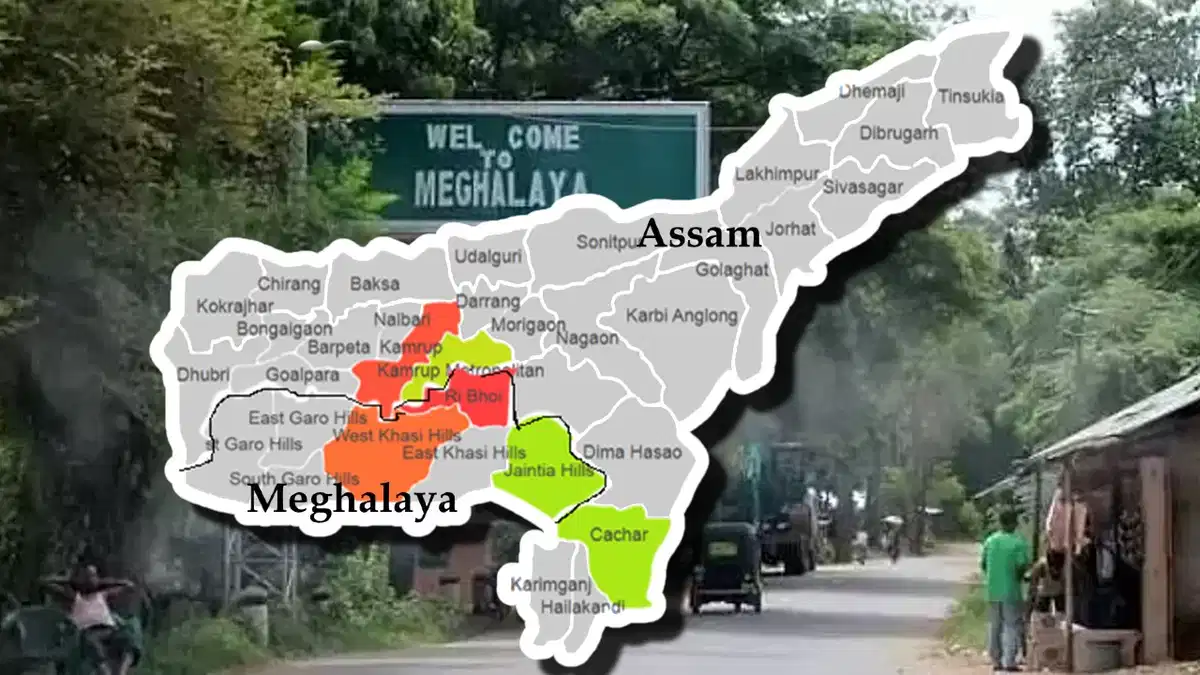Assam-Meghalaya panels for boundary dispute to submit reports by December 31 (The Hindu)

- 23 Dec 2023
Why is it in the News?
The regional committees on the boundary dispute between Assam and Meghalaya have been asked to submit their reports by December 31, a Meghalaya government official said on Friday, December 22.
What is the Assam-Meghalaya Border Dispute?
- The Assam and Meghalaya have a longstanding dispute in 12 stretches of their 884-km shared border.
- The areas include Upper Tarabari, Gazang Reserve Forest, Hahim, Langpih, Borduar, Boklapara, Nongwah, Matamur, Khanapara-Pilangkata, Deshdemoreah Block I and Block II, Khanduli, and Retacherra.
Historical Context:
- During British rule, undivided Assam encompassed present-day Nagaland, Arunachal Pradesh, Meghalaya, and Mizoram.
- Meghalaya was delineated in 1972, following the Assam Reorganisation (Meghalaya) Act of 1969, but differing interpretations of the border emerged.
- In 2011, Meghalaya identified 12 disputed areas, covering approximately 2,700 sq km.
Key Point of Contention:
- A focal point of discord is Langpih in West Garo Hills, bordering Kamrup district in Assam.
- Post-Independence, Langpih transitioned from Kamrup district to Garo Hills and Meghalaya.
- Assam contends it's part of the Mikir Hills, while Meghalaya questions the inclusion of Blocks I and II of the Mikir Hills (now Karbi Anglong) in Assam.
Efforts to Resolve Dispute:
- In 1985, an official committee, led by former Chief Justice of India Y V Chandrachud, was formed but didn't yield a resolution.
- Both states identified six out of 12 disputed areas for resolution, resulting in a Memorandum of Understanding in March 2022.
- The second round of discussions for the remaining areas commenced in November 2022.
Potential Solutions:
- Utilizing satellite mapping for precise border demarcation.
- Leveraging constitutional provisions like Article 263 for the Inter-state Council to advise on disputes and coordinate policies.
- Reviving Zonal Councils to address common concerns among states in each zone, including border disputes and economic planning.
- Embracing the spirit of cooperative federalism to strengthen India's unity in diversity.
